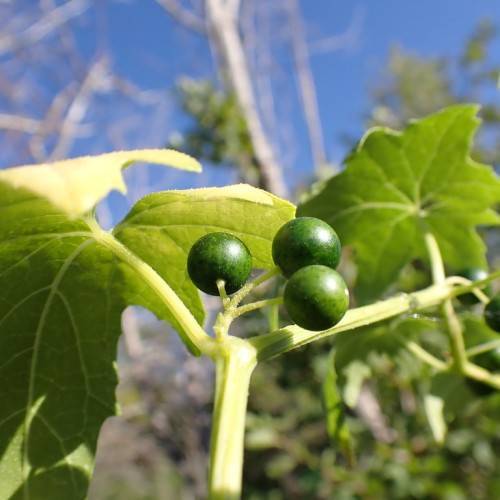
white willow
Salix alba
Cycle:
Perennial
Watering:
Frequent
Hardiness Zone:
2 - 8
Flowers:
Flowers
Sun:
Full sun,part shade
Leaf:
Yes
Growth Rate:
High
Maintenance:
High
Poisonous To Pets:
Yes
Drought Tolerant:
Yes
Care Level:
Medium
watering
Water white willow plants deeply and thoroughly with lukewarm water every 7 to 10 days in the spring and summer. During the fall and winter, reduce the amount of watering and water only when the soil is bone-dry. If the plants are planted in containers, be sure to check the soil daily and water when the top inch or 2 of soil feels dry to the touch.
sunlight
White willow (Salix alba) is a species of deciduous tree native to Europe, North Africa, and parts of Asia. White willow needs plenty of sunlight to thrive, and should receive full sun for at least 4 to 6 hours a day. In areas with hot summers, afternoon shade is recommended to protect the tree's delicate foliage from scorching. During the growing season, which is generally from April to September, white willow can absorb sunlight all day without any adverse effects. In areas with cold winters, it is best to provide at least 6 hours of light per day or more to ensure proper growth.
pruning
White willow should be pruned in the early summer (June) to manage its size. Prune about 25% of the stems and branches, making sure to remove dead and diseased wood while avoiding large cuts. This will promote the plant’s development and keep it from becoming overgrown. It is important to prune white willow just before the tree begins to bud in the summer. This will help to ensure healthy new growth for the season.
